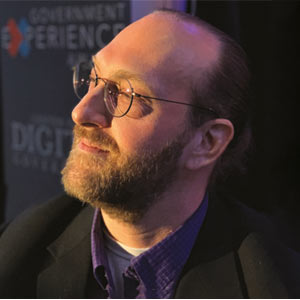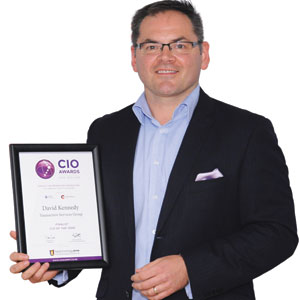THANK YOU FOR SUBSCRIBING
Editor's Pick (1 - 4 of 8)

Smart Buildings: It's Not (Just) About the Technology
Stephen Perkins, Building Services Technical Director, Beca


Stephen Perkins, Building Services Technical Director, Beca
Decades of experience delivering innovative building projects gives us a deep appreciation of stakeholder’s needs, with the ability to make sense of the complexity and sheer number of technological options available












